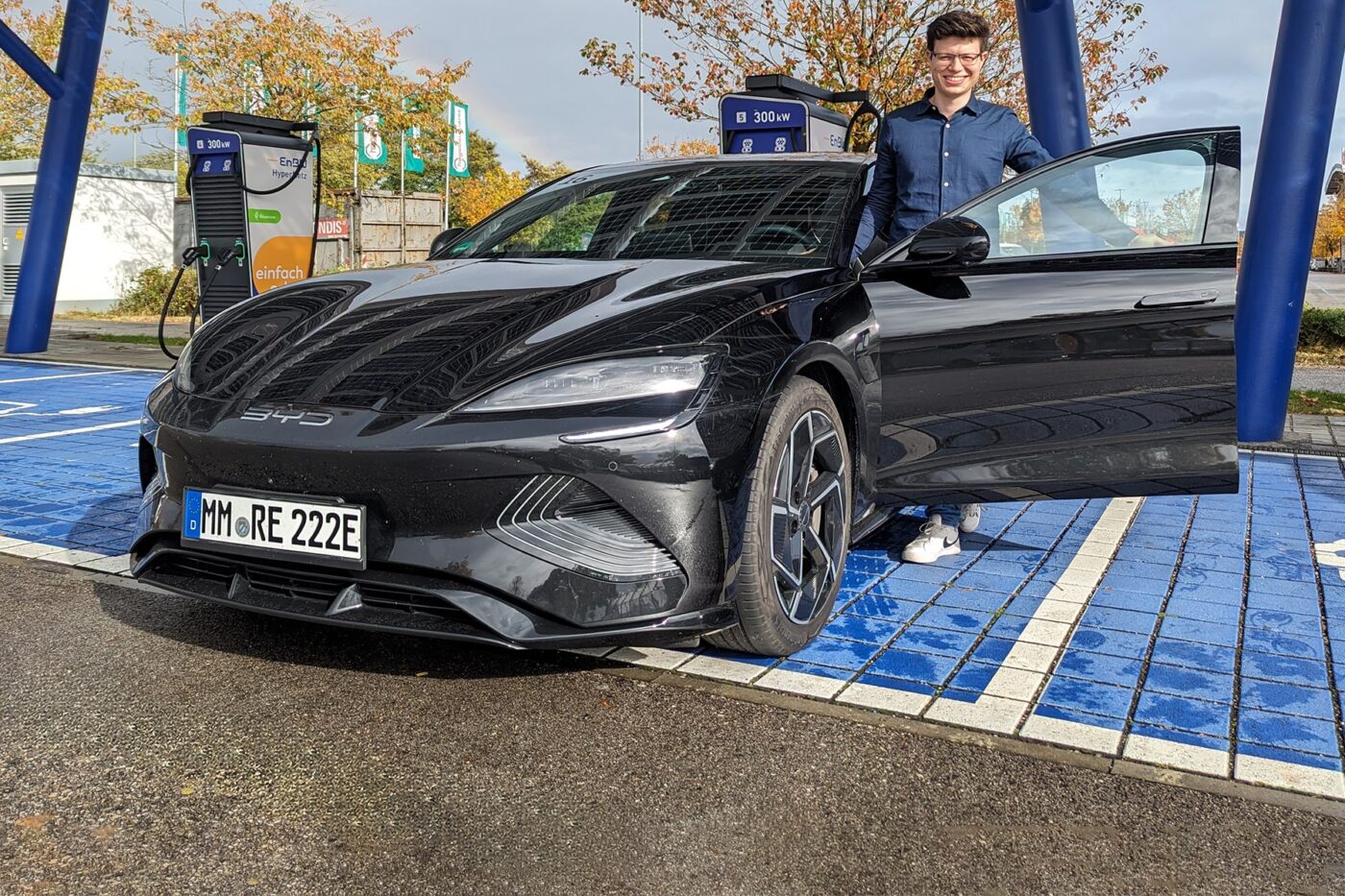
New competition for German OEMs: Taking the BYD Seal for a short spin
When driving off in the BYD Seal, you immediately notice two things: The good workmanship of the interior (with a different brand logo, the car could pass as a German model) and the annoying tinkling of the speed warning system, which thinks we are driving too fast through the underground car park. Especially the latter will keep us entertained during our short trip. But first things first.
From the outside, the Seal has a very sleek cut, the lines are emphatically muscular. But it does not look overly aggressive. On the contrary. It appears rather friendly. Small details of the so-called ‘Ocean Aesthetics’ design reference the animal that gives the car its name; for example, the LED strips under the headlights actually look like fins.
High-quality interior
The interior is very dynamic, with many features reminiscent of water, waves or the fins of a seal. As with the Atto3, BYD continues its strategy and adopts a rather playful design, both inside and out, avoiding straight or hard lines. Despite all the playfulness, the Chinese take the issue of quality very seriously, whether it’s the steering wheel, the doors, the dashboard or the quilted seats – (almost) everything has a high-quality finish and is superior to many European competitors. Nothing creaks or rattles and almost everything has a high-quality feel. Only the glossy surfaces spoil this picture somewhat (but they have become a general bad habit across all manufacturers).
Driving fun with over 500 electric horsepower
We only have a limited amount of time for our test drive. BYD’s fleet in Germany is still being built up – so we drove straight through Munich onto the motorway towards Salzburg to drain the battery and bring it up to temperature. Our 390 kW test car accelerates from 0 to 100 kph in 3.8 seconds. BYD not only notes this in the datasheet but also on the boot lid – instead of the size of the battery or model variant; a nice detail.
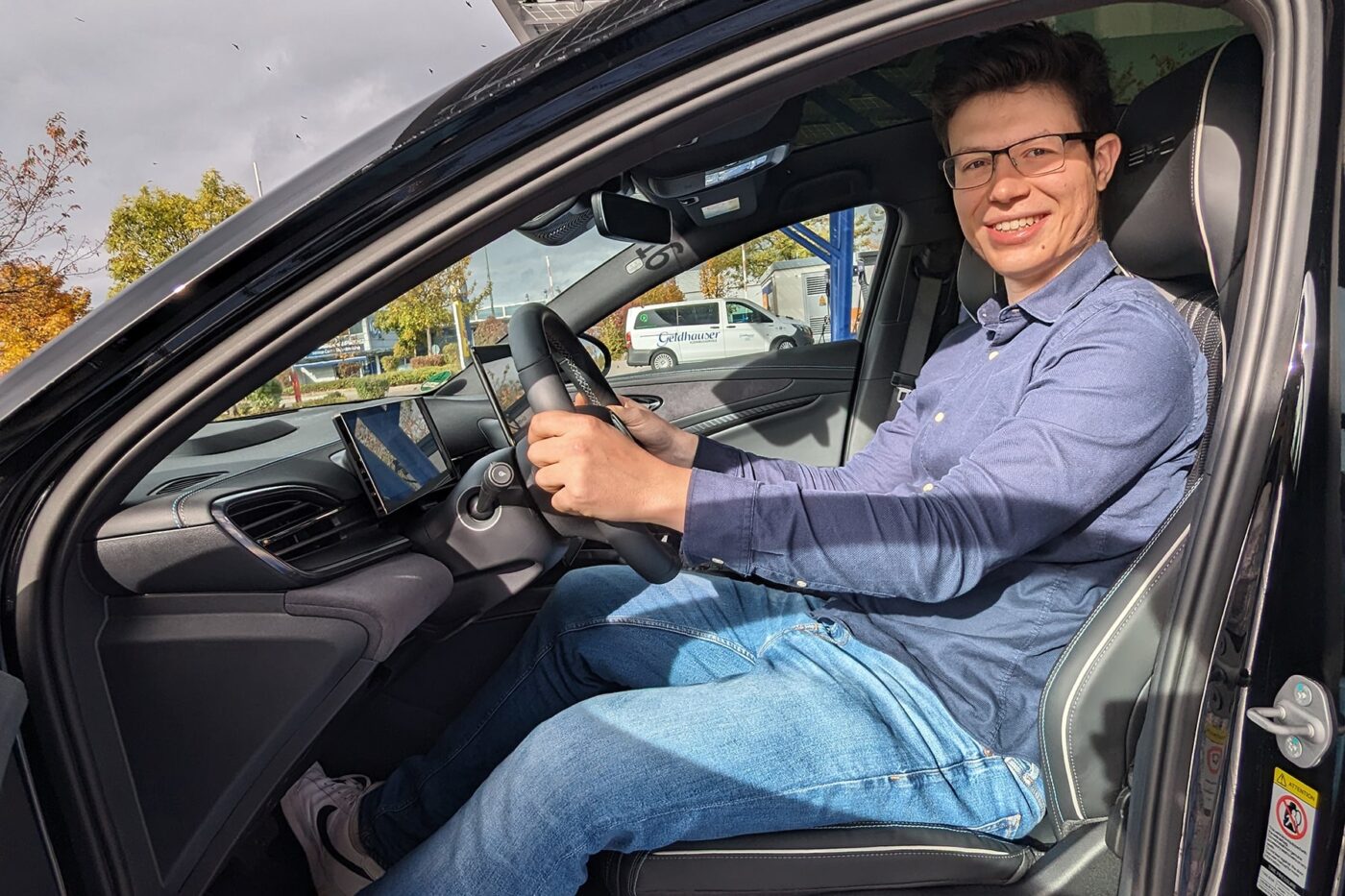
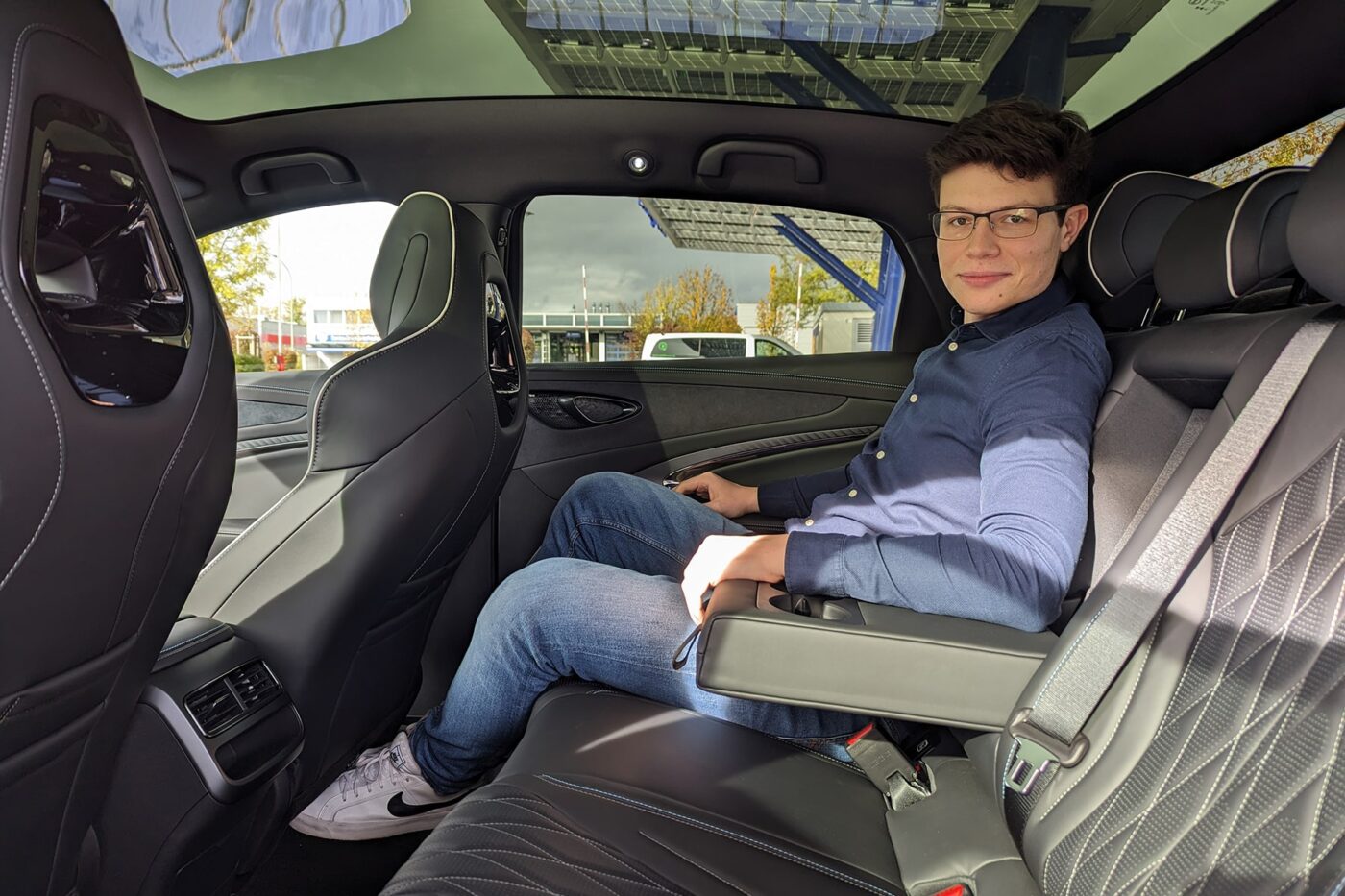
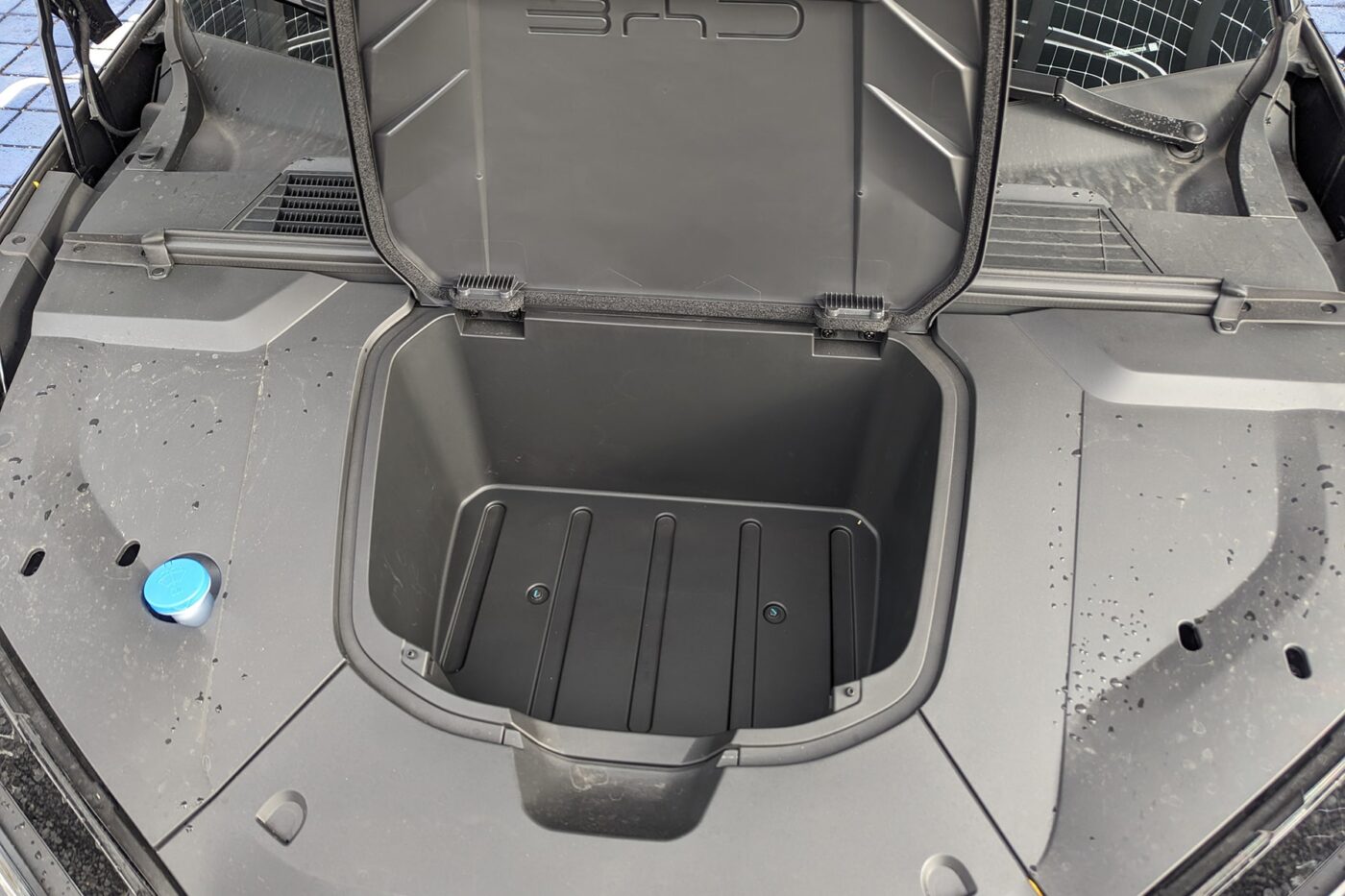
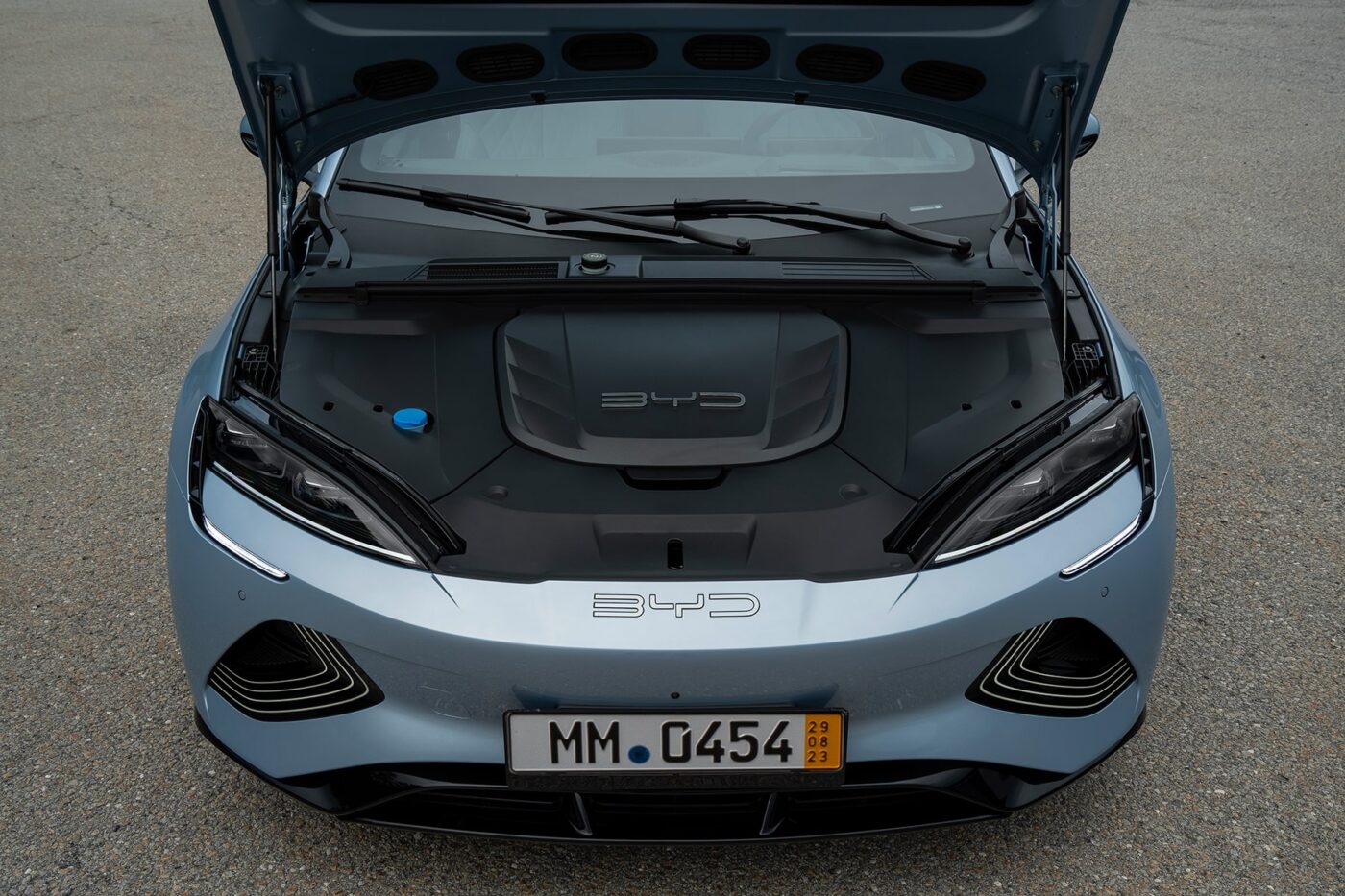
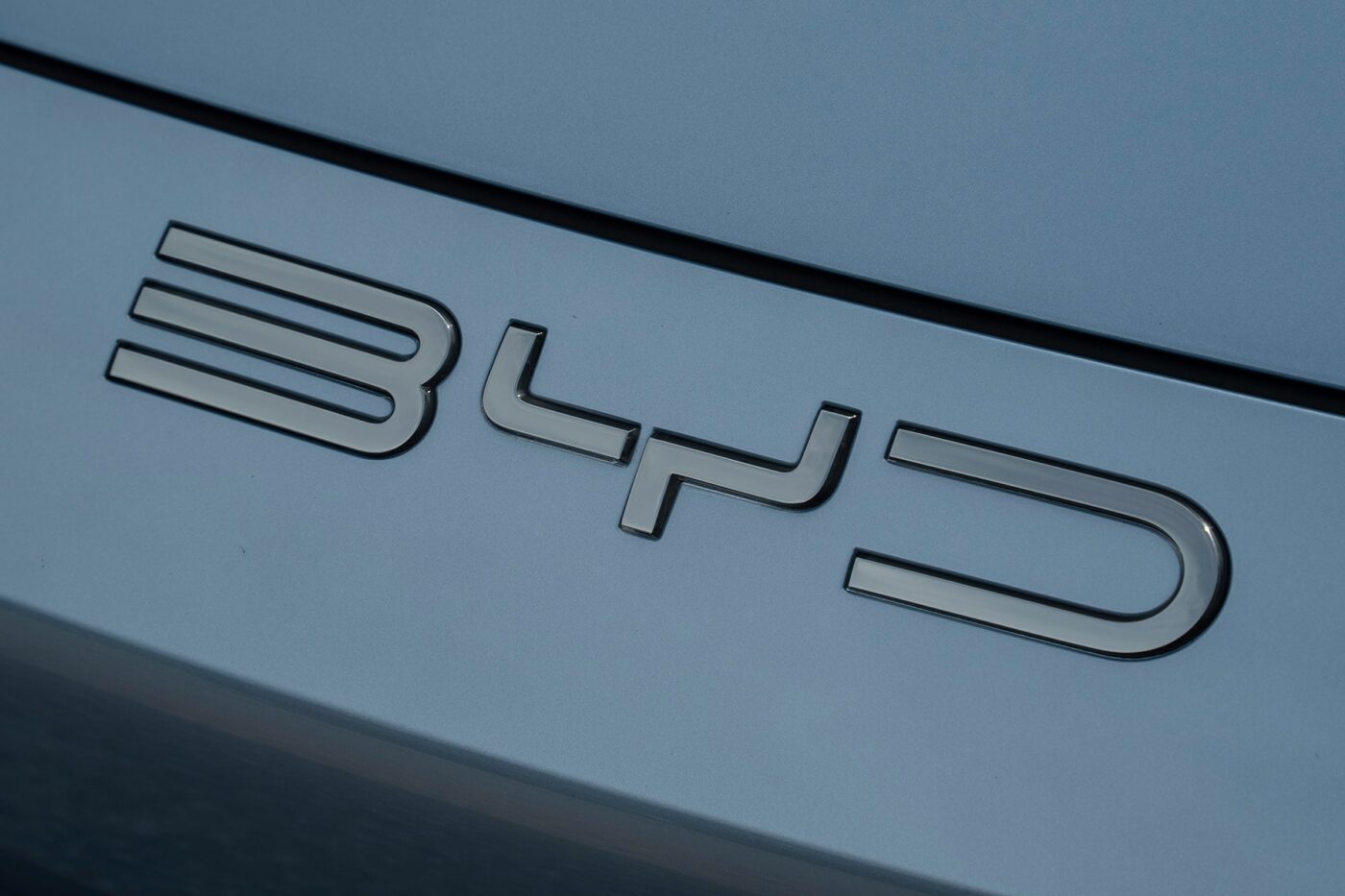
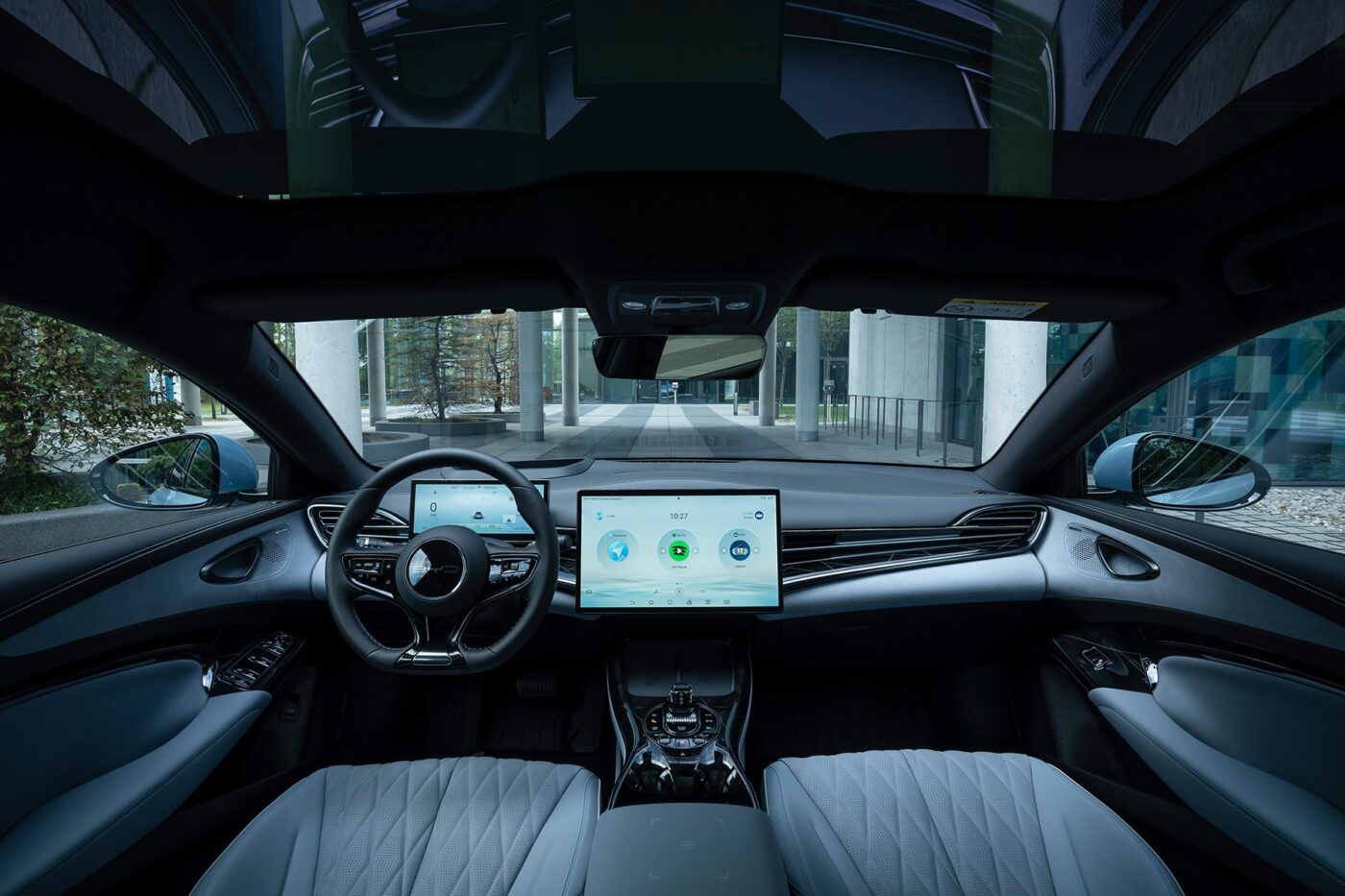
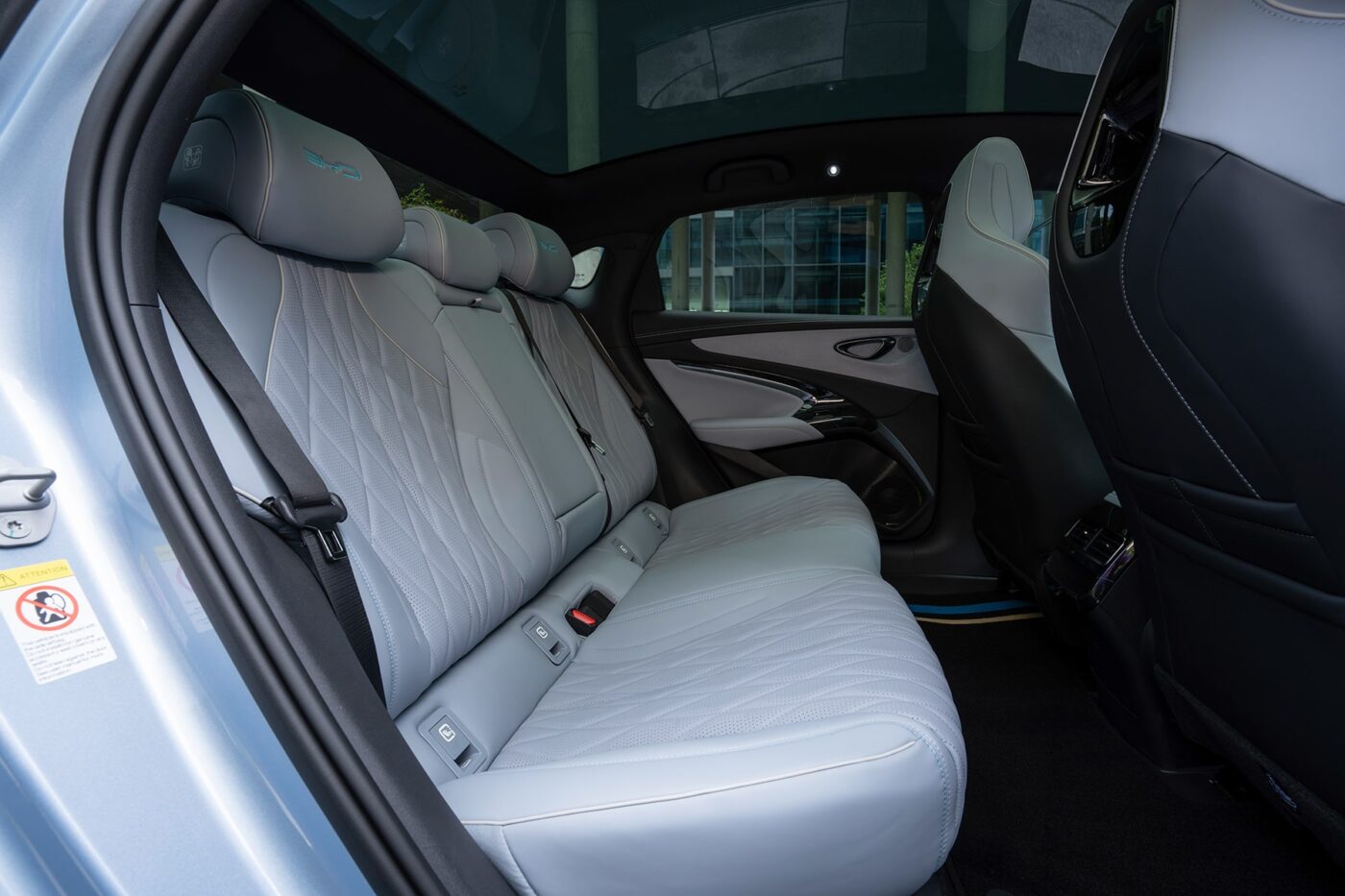
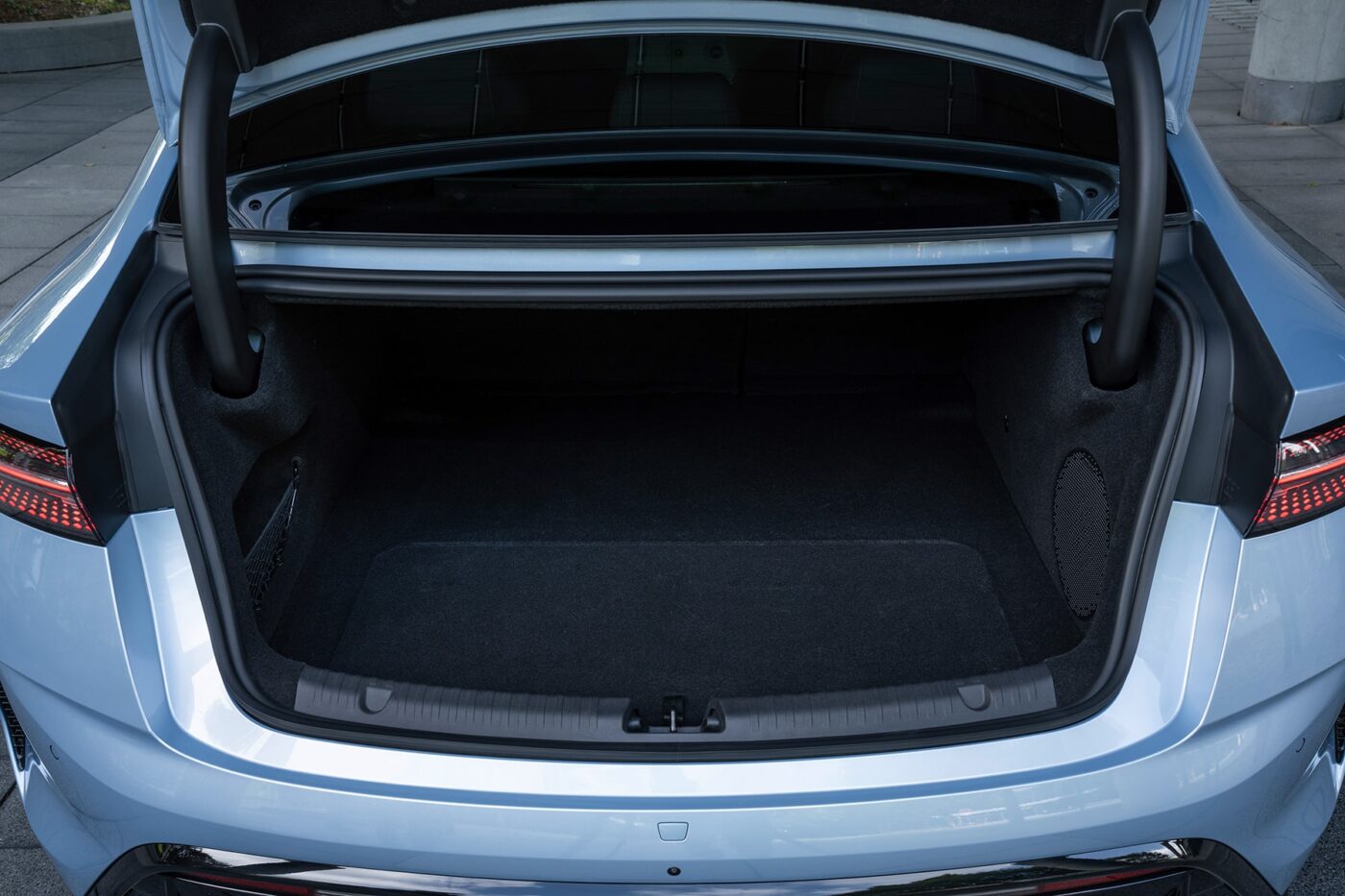
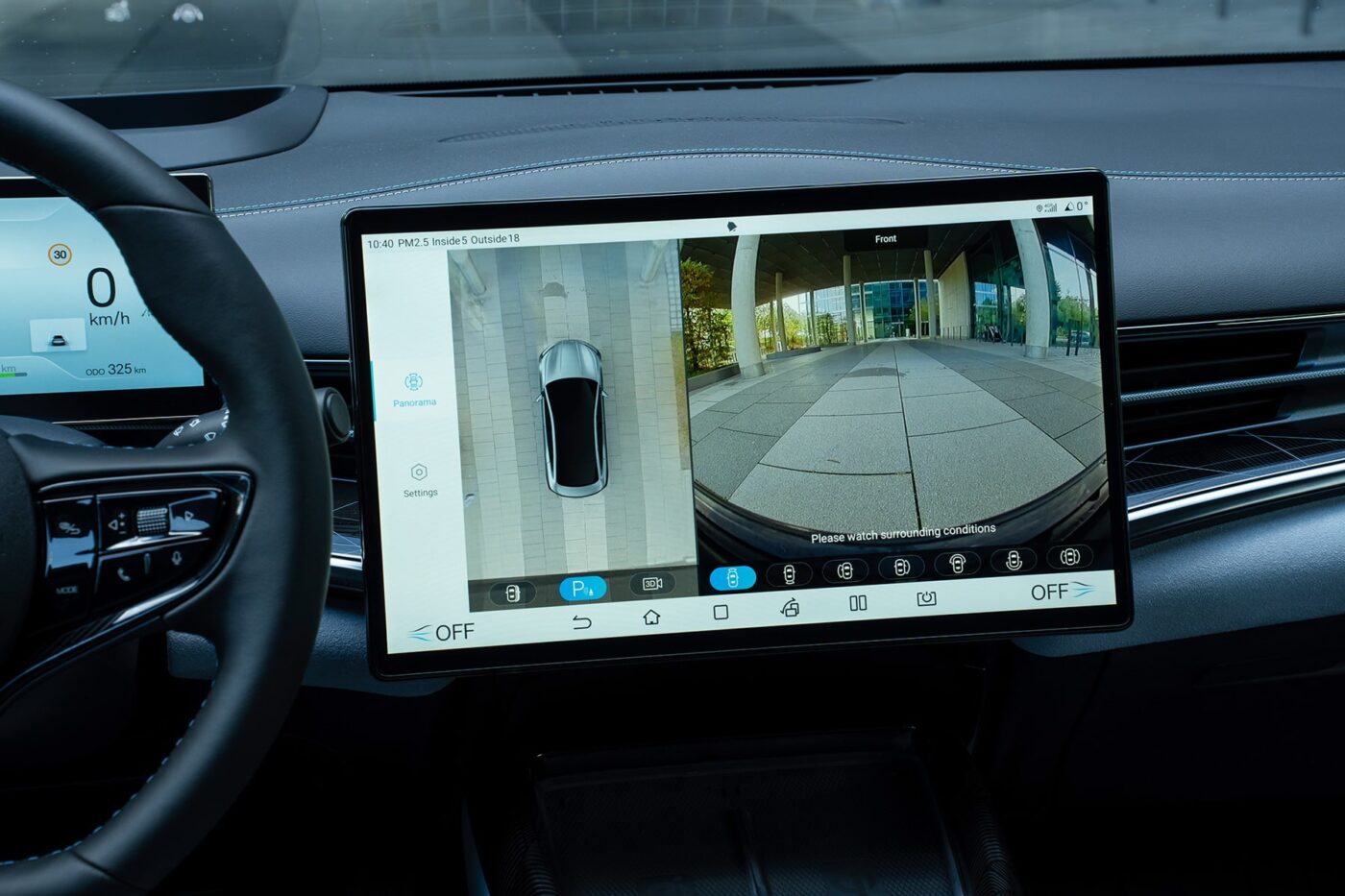
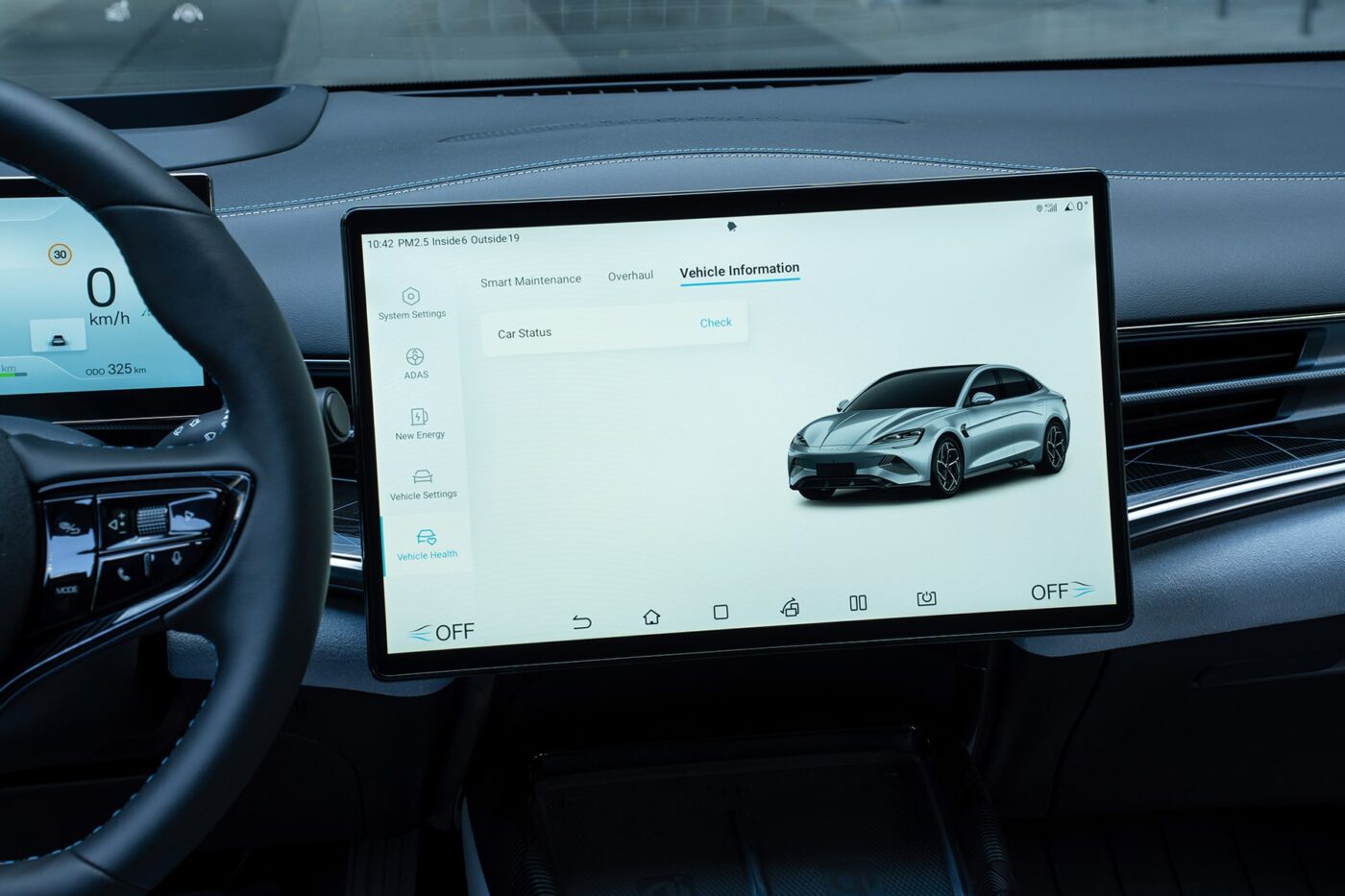
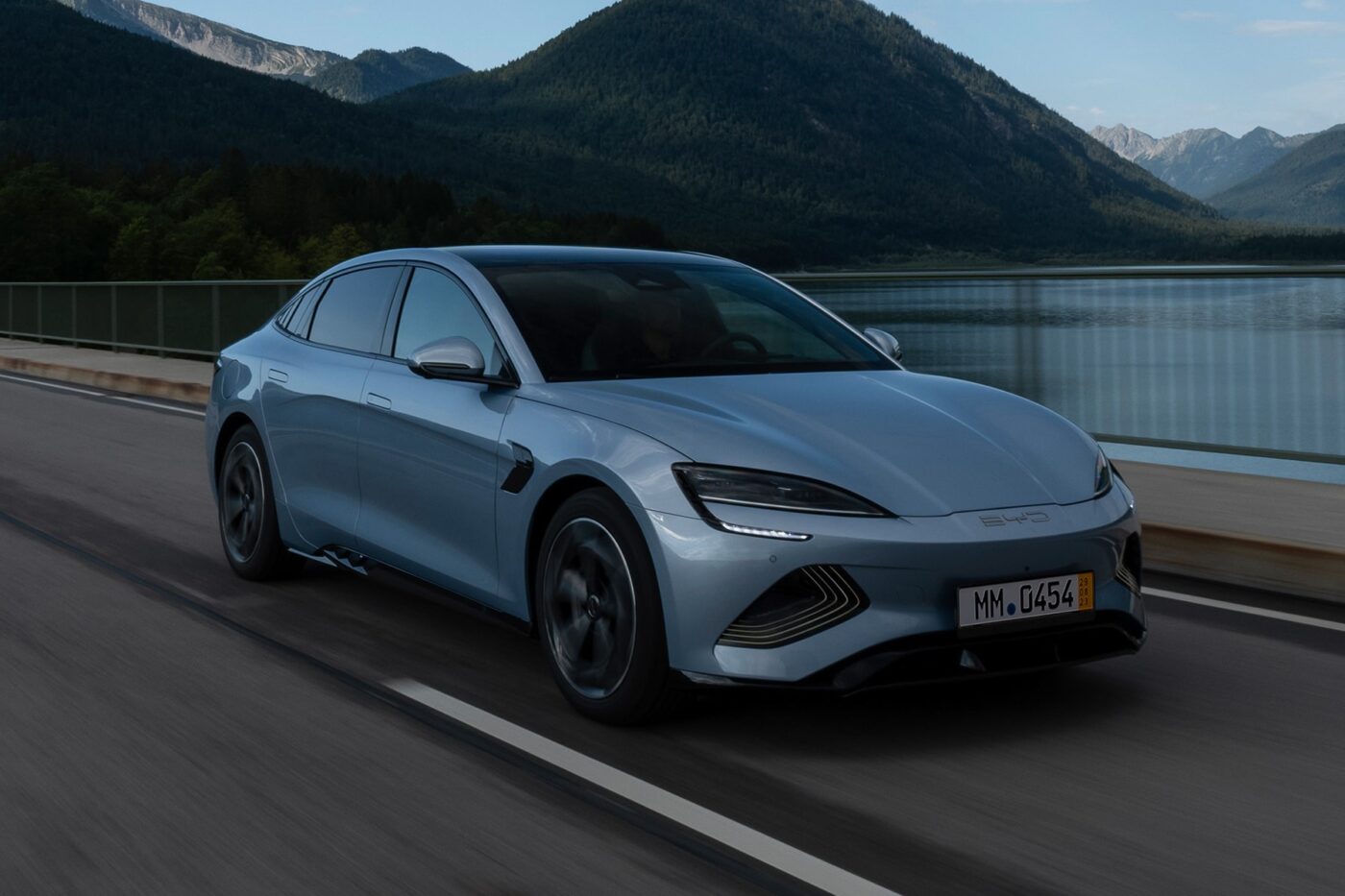
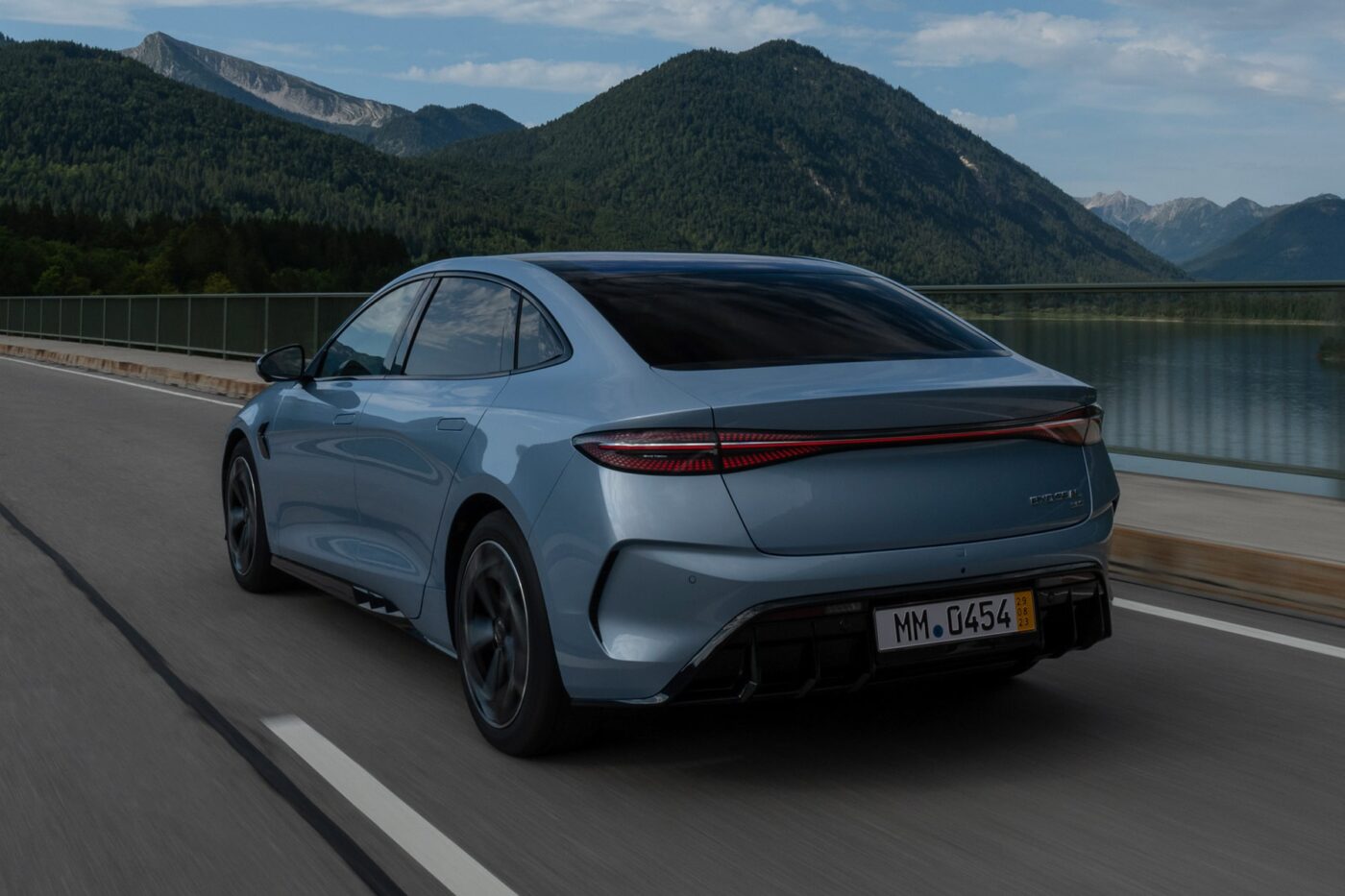
The car is well insulated. Even at higher speeds, it remains pleasantly quiet inside. Should the driver continue to apply pressure on the power pedal, it sprints on until 180 kph, which is the top speed. It would be nice to have a somewhat more stable chassis for the higher speed range, as the suspension seemed a bit shaky in some places. Below 150 kph (the speed range relevant in most of the world), the Seal lies securely and firmly on the road and is great fun to drive.
Assistance systems have room for improvement
On the highway, the assistance systems worked quite well. Only the Lane Centering Control (LCC) doesn’t quite work yet. It tends to veer back and forth from the left to the right line, but is still passable. In the city, on the other hand, the lane departure warning system (LDW) is not helpful. It tried to steer us off the road several times and very ruthlessly. The steering interventions are harsh, unexpected and without reason – we prefered to switch the system off again.
Unfortunately, the acoustic speed limit warning cannot be switched off permanently. It beeps immediately and energetically the moment you exceed the speed limit by just one kph. The car also beeps loudly in other situations, for example, when changing lanes. If the indicator is not continuously active from the first turn until the end of the lane change, the annoying beep sounds again.
Significant progress in infotainment
All the technology in the interior is impressive across the board. Apart from the beeping, which sometimes makes you feel like you’re sitting at a supermarket checkout. However, the software has improved significantly compared to the Atto3. Everything runs more smoothly, there is now Android Auto and Apple Carplay (the former also wirelessly, the latter only via USB cable), Spotify is natively integrated and the voice control now speaks passable German. Minor faults such as the poor consumption counter and the lack of a charge planner are bearable.
The fact that the front seats are not only heated but also ventilated is also impressive. Once you have experienced it, you won’t want to go without on a warm summer day. But it’s far from a given in this price class. The colourful adjustable ambient lighting, the head-up display and the full-length panoramic roof are also high-quality details that give the car a premium character.
The comfortable rear seat should be particularly interesting for families. Especially in comparison to the similarly large, similarly fast and similarly expensive Tesla Model 3, the seat is almost luxurious with good legroom and reasonable thigh support.
Charging curve is a major weak point
So far, it is a solid car all around. But it has one weakness – charging. BYD is a battery manufacturer itself and is proud of its ‘blade’ battery architecture, in which the cells are no longer grouped into modules but form the pack directly. Unfortunately, this technology is not yet up to speed when it comes to charging speed. The 150 kW DC charging power (on paper) is okay, but far from the well over 200 kW that Kia-Hyundai or Tesla offer in this segment.
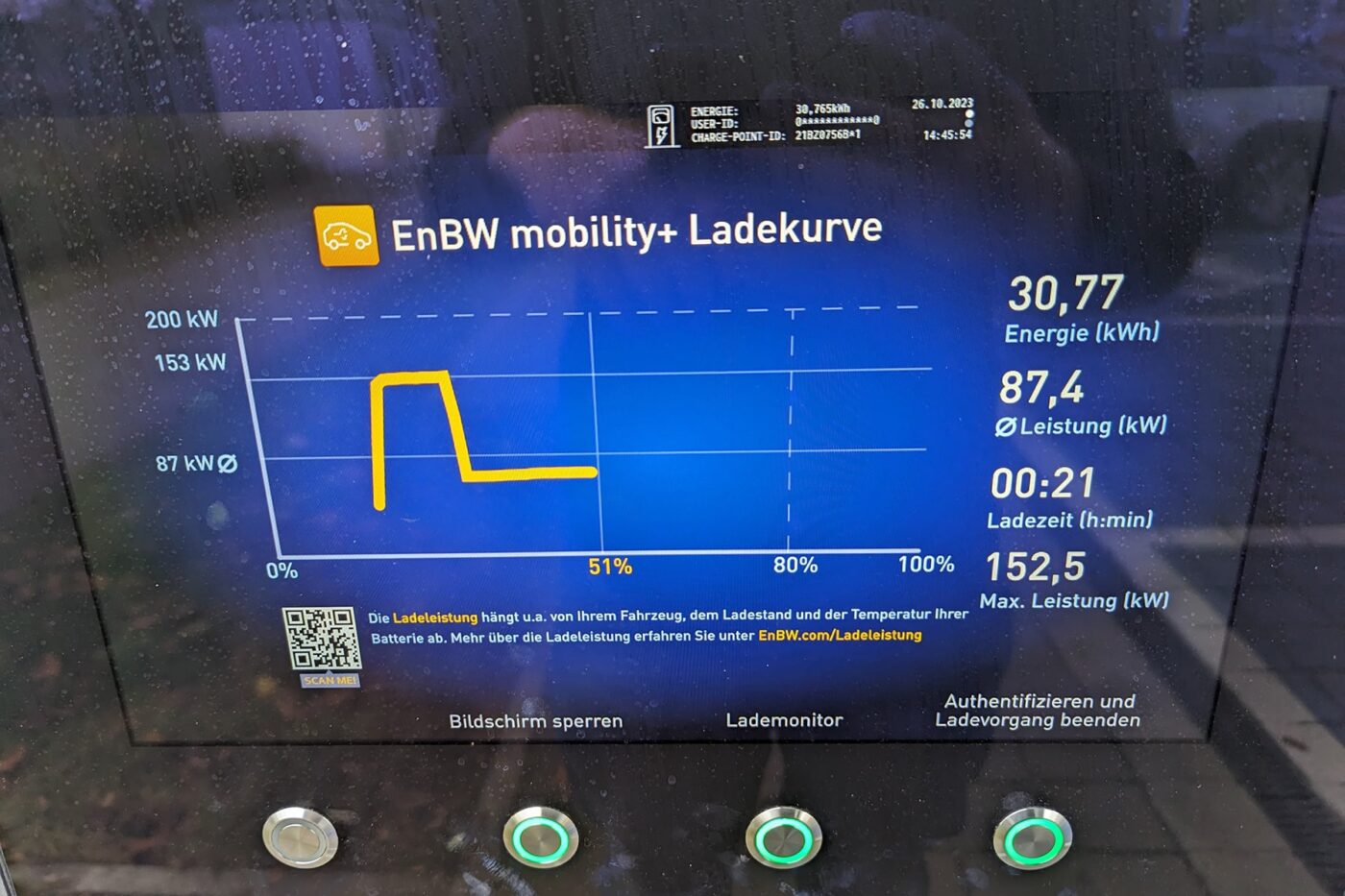
It is also quite frustrating that the car maintains this power for precisely four minutes before it drops down to 70 kW and remains there. Of course, many factors can influence a charging process and it is possible that we were just unlucky here, but for a car manufacturer that is also a battery cell developer and produces its own batteries, much more should be possible.
On the other hand, the consumption is quite good, ranging between 19 kWh and 25 kWh/100 km – the latter was due to the fact that we had to warm up the battery at a higher speed before charging. With a little restraint, however, a real range of over 400 kilometres is quite possible. Together with the good rear seats, and 400 litres of boot space (plus 50 litres in the front boot), the Seal can be a very attractive long-distance car – if you don’t have a problem with the charging times.
BYD has come to stay
While various electric car start-ups are gradually running out of steam these days, BYD now builds 250,000 vehicles per month and the entire group, including the battery branch, has more than 600,000 employees. In Europe, BYD started as a fully electric brand and delivers one model after the other in short intervals. With this, BYD shows that they are serious and do not want to limit themselves to China, but also want to become a relevant player in Europe.
After the Tang, Han and Atto3, the Seal is the next step of development, in which a lot has been done. The charging speed remains a weak point, but at least the peak power has increased significantly, and a better charging curve can be quickly installed via a software update if necessary, as long as the hardware is good.
And the hardware is definitely good. The Seal drives well, feels good and is a lot of fun. So far, you won’t find a similar car from a German brand, at least not for this price. For example, a BMW i4 with a comparable engine costs almost €20,000 more.
The Tesla Model 3 is currently doing better; with a similar engine, it is almost on a par with the Seal in terms of price (our test car was €53,668), but overall it is the more mature vehicle in terms of charging performance and assistance systems. If BYD keeps up its current pace and quickly makes the right adjustments with software updates, it could catch up with Tesla in one or two years.
Translation by Chris Randall

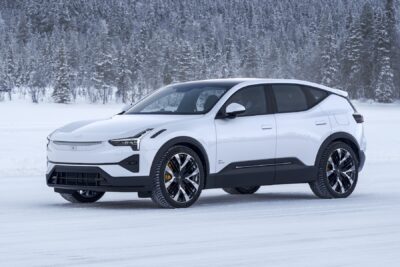
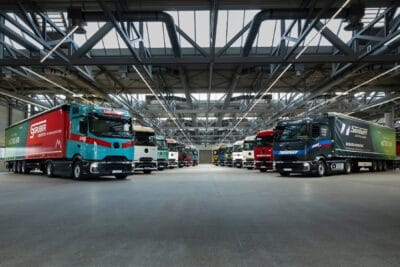
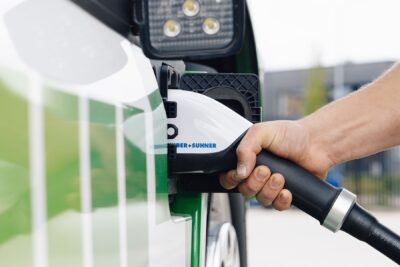
1 Comment